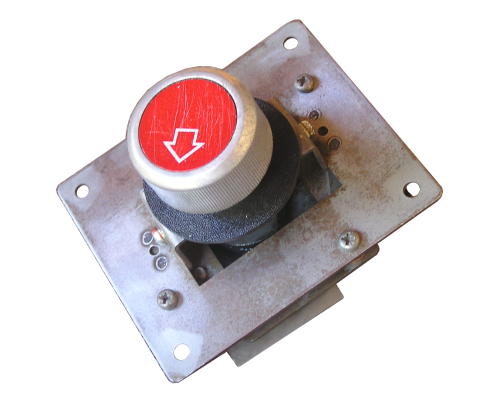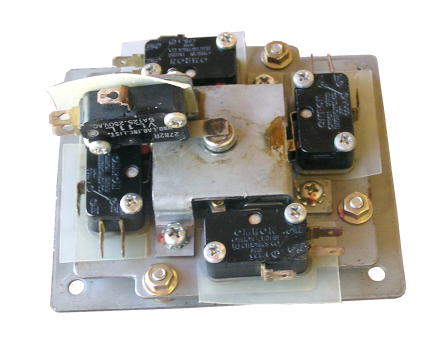I want anyone to be able to choose a game from a list on a screen and display an instruction card and CP diagram once a game is picked.
I'm not convinced that you need to go the rotary switch route for the game selection hardware but if you chose that approach, something like the Taito "Aim-n-Fire" controller from Frontline, The Tin Star, or Wild Western that acts like an 8-way joystick might be a reasonable approach.
Pros: Off the shelf hardware, rugged enough for arcade use.
Cons: You'll need to be able to tell the difference between diagonals and cardinal directions, not a very common controller.


If you want to see what's going on inside that controller,
here is a preliminary design for a 3d printed version.
------------------
Just spitballing here, but I think you might be better off using a RasPi with a FE that displays the current game name, screenshot, instruction card, and CP diagram as a single image.
- RasPi is always-on
- Use a 5-input keyboard-style encoder for the RasPi (may need blocking diodes to keep encoder voltages from leaking to the PCBs)
-- Navigate the 8-game FE list using joystick R/L
-- Launch the desired game using P1B1
-- Return to FE by pressing Start1 and Start2 (
at least this part of the directions must be on CPO/bezel)
- Launching the game involves using a script that does the following
-- Sends command to relay board to energize the desired PCB
-- Switches monitor video input from RasPi to the desired PCB
-- Ignores other inputs until Start1 and Start2 are pressed then resume normal FE navigation, switch back to RasPi video, and de-energize the PCB
Haven't worked out
many of the important details like probably needing blocking diodes on the controls like in Maximus' multi-rotary cab. (relevant part of the thread starts
here on page 4 and runs through page 7)
Hope this info helps.

Scott




 Home
Home Help
Help Search
Search Login
Login Register
Register
 Send this topic
Send this topic Print
Print



